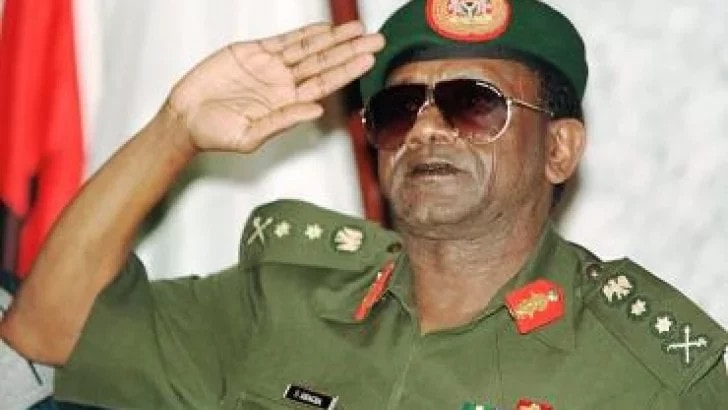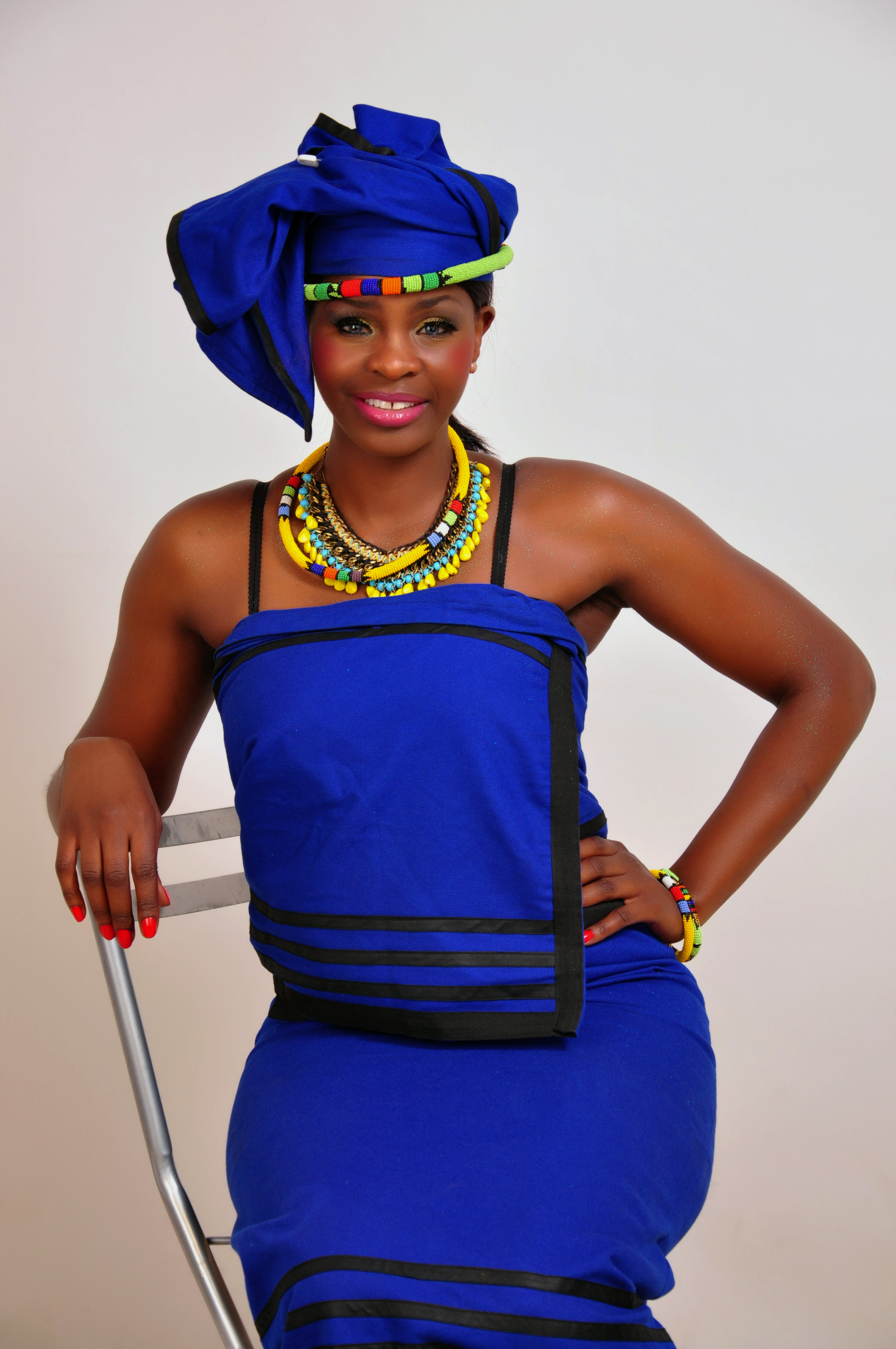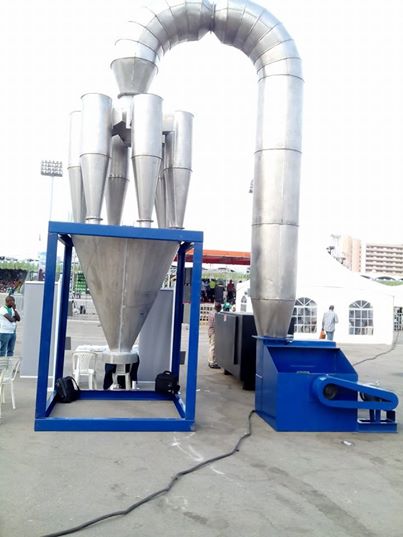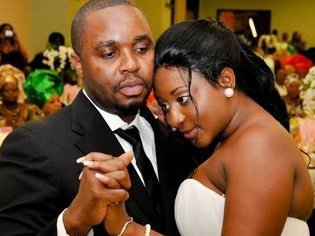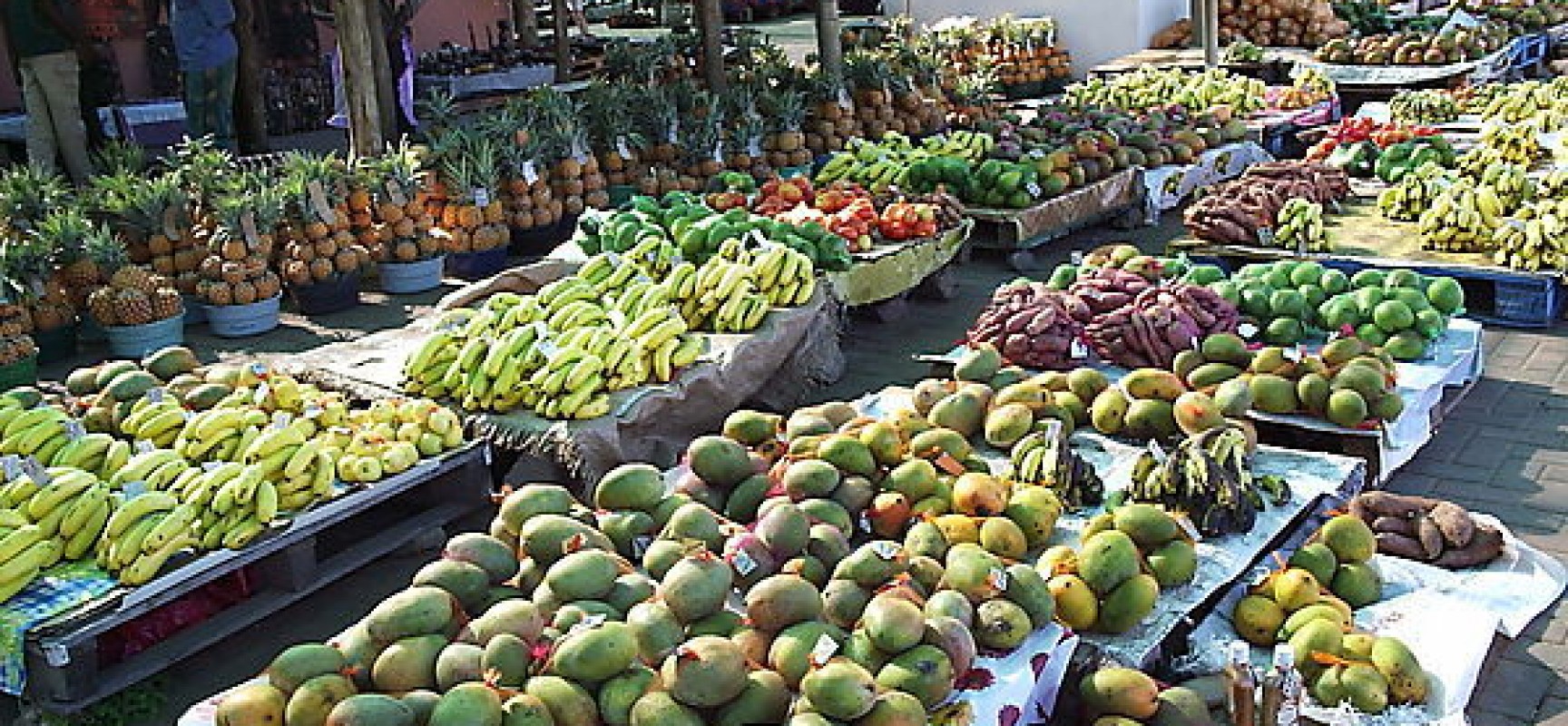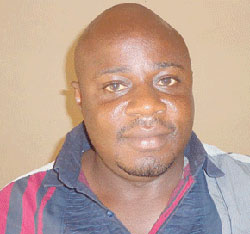A citation of Rev. Monsignor Raphael Eze (circa 1910–1985) by the Lejja Hall of Fame
A new religion and a new education defined Lejja’s advancement in the 20th century. In that era dominated by the activities of missionaries, colonialists and activists, the community couldn’t have had a leader greater than Reverend Monsignor Raphael Eze. Although he was not Lejja’s founder or the first to embrace Christianity and western education, he became our brightest-shining star, our first indigenous guide in the search for the good life here on earth and the eternal life in heaven.
Born to Eze Nwori and Nkwo Ogbuanya in Amankwo village, Lejja, circa 1910, he was named Ugwuamegu. All of our ancestors were, of course, traditional worshipers before the coming of Christianity to the town in the 1920s. Even as a young man, Eze already had a heart seeking to worship God in an extraordinary way. So deep was this desire that, at some point of his life as a traditional worshiper, he worked as a fortune teller!
Then the church came. And the people who lived in darkness saw a bright light. He allowed old things to pass away and embraced the change he saw. The son of Eze Nwori returned to the front as God’s long-distance athlete: a Moses or a Joshua who would lead his people to the Promised Land.
Journey to the temple
The new convert to Christianity was later baptized Raphael (which means “God heals”) and he set out to reconcile his past with his present. It was a risky thing to be a Christian in those days, for many of the new converts’ parents and grandparents were still around. He did not share St. Paul’s fate, however: Paul was persecuting Christians when he was called; Raphael was befriending Christians when he was called.
Compared to some of his age mates in Lejja, Eze started school late. At the request of his elder brother – for their father had passed on then – he refused to go to school at first. But later, in obedience to him, in 1933, he walked to the school premises, just a stone throw from his family home. He completed his primary education at St. Joseph’s in Nsukka which was managed by Rev. Fr Mellet.
Eze worked as a teacher for two years at Oguta in present-day Imo State before entering Christ the King College (CKC), Onitsha, a junior seminary at the time, in 1943. Thanks to Chief Adigwe of Oguta and his wife, who were his benefactors, he left the CKC in 1949 and proceeded to the senior seminary in 1950 for his studies in philosophy and theology. And on June 29, 1956, he was ordained a priest at St. Theresa’s Church, Nsukka, through His Grace Most Rev. Dr C. Heery.
His evangelization work, however, began long before his ordination. He preached to our people not only in churches and schools but also at village squares, at marketplaces, on farms, and in homes. Wherever he went, his message was definite: “Go to school. Quit idol worship. Go to church.” He predicted that whoever went to school would become the real “Eze Lejja”, “Eze Akaibute” or “Eze Uwani”. Consequently, many young Lejjans at the time were inspired to go to church and to school.
His spirit, like that of St. Augustine, remained restless until he dedicated his entire life to God by entering a seminary. Although the Catholic Church had been established in Lejja in 1933, it was Seminarian Eze who rallied the community to build a bigger house with brick walls as both church and school, starting from 1951. And that is the church named after him: St. Raphael’s Catholic Church, Lejja.
Michael Eneja, who was ordained a priest in 1951, was the first Catholic priest in Nsukka cultural zone. Our own Father Eze became the second in 1956.
After ordination, what next? On ordination day he was not offered even a bicycle as a gift! In those days, the harvest was plentiful in the Lord’s vineyard but the labourers were few. He was posted to Sacred Heart Parish, Iwollo, where he served as a curate under Rev. Fr. Sheehan. In 1959 he moved to St. John’s Parish, Agbani, as parish priest. Later, he was posted to Akiyi Umulokpa to open a parish and also oversee others in the area. Between 1964 and 1967 he worked at Assumption Parish, Nike.
During the Nigerian civil war, he served at Enugu-Aboh, Achi, Nkwere-Inyi, and Maku. After the war he was, from 1970 to 1980, in charge of a vast area under St. Mary’s Parish, Iva-Valley, Enugu, which included St. Theresa’s (Abakpa), Assumption Parish (Nike) and St. Joseph’s (Ugwogo). Fr Eze became the first parish priest of St. Theresa’s, Abakpa, when it became autonomous in 1982.
Even as a cleric, Fr Eze continued to organize our people toward executing self-help projects. The most teething problem then was water, and there was a felt need to sink a borehole. Adults contributed money in bits and Fr Eze became both their motivator and their banker. The contributions continued until the outbreak of the civil war in 1967. After the war – and the impoverishment of Biafrans through the 20-pound limit they received from their banks – Fr Eze was still able to retrieve all the money Lejja had contributed in one piece. And that money helped to make the first borehole in Lejja a reality in 1977.
We remember how we used to welcome Fr Eze in the 1950s, ‘60s and ‘70s. Once word went out that “Father has returned”, everyone headed for the family’s mud bungalow at Amankwo. Apparently, he always came home with a sack of coins to share. Each visitor got the penny with a hole at the centre.
“Hardship, hard life and humiliation”
In his own handwriting, Fr Eze once indicated on a form he filled that his hobbies and special interests were “Building, farming, teaching and parish work”. And his philosophy of life was “Subject to hardship, hard life and humiliation”.
It was a true confession, for he captured the life he lived. People who visited his parish were almost always disillusioned on being served meals or watching him eat. Often, there was no fish or meat in the soup. During the Lent, you would be lucky to find anything at all to eat for a whole day! The Lent was perhaps his best season: He seemed to be fasting most of the time. While praying, he knelt on stones. At night he slept on a mattress made of rocks.
A good number of younger priests who passed through him testified to Fr Eze’s apostolic zeal, his simplicity, his piousness, his kindness, his sacrifice, and his selfless service. The same verdict was delivered by parishioners whom he tended as his flock since he became an anointed shepherd. A self-taught architect and civil engineer, Fr Eze designed and supervised the building of all the structures at his parishes. On occasion he worked as a labourer also.
His austere lifestyle had no bounds. Rather than travel on a motorcycle or the parish car, he would go on foot. When building a new church, he slept inside a small school store. He carried blocks and served masons. He had no house at Amankwo or anywhere else in the world. His bed in a room of the house his elder brother built was a wooden one on which a mat was placed.
Two of his biographers – Fr Charles Ikeme and Fr George Dine – together with countless other priests who associated with him agree that Fr Eze remained faithful to the end — he lived and died a true priest, a robust preacher of the word who always lived by what he preached.
In the early 1980s, the church in Lejja made an attempt to build for him a small house on his family’s ancestral land. When he learned of it, he told the church leaders to desist from building it. But the church insisted on building a house to call his own. Someday, he returned and said something like this: “It will be a house of the wind…It will be a house for lizards.” Not long after, it seemed as if all the lizards at Amankwo assembled in that uncompleted house. Not long after, a wind blew its roof off.
In spite of the hard life he lived, he was nonetheless an epitome of love. You could see love in his smiles – he almost always had a smiling face. He loved God as much as he loved fellow human beings. He treated everyone equally.
“Life is changed”
In the early hours of Saturday, January 5, 1985, a horrible piece of news travelled slowly from Enugu to Lejja. While conducting a Mass, Monsignor Eze had fallen down just as he was reciting the Credo in unum Deum… He was rushed to a hospital. As the medics were working frantically to restore his health, he reportedly told them to not waste their time. His last words were, “Why do you challenge God?” A few minutes later, he slept in the Lord.
“Life is changed, not ended” were words printed on a funeral brochure a week later, January 12, when his body was entombed at Holy Ghost Cathedral, Ogui, Enugu. His bosom friend and contemporary, Bishop Dr Eneja, officiated at the funeral Mass.
Monsignor Eze (circa 1910—1985) did not leave Lejja hopeless. He inspired other Lejjans and non-Lejjans to aspire for priesthood. Among them were Francis Okobo and George Dine who successfully followed in his footsteps: Okobo was ordained in 1966 and Dine in 1973. By the early 1980s, both fathers had returned from Rome with their PhDs. And before Monsignor Eze’s demise, Uche Obodoechina and Chidi Ezugwu had entered the seminary.
Like Christ and most of the early apostles, Fr Eze was born poor. He lived and died in poverty. His life savings found in his room after he slept amounted to N3.50 [three naira, fifty kobo]. All his hope was on the resurrection and the world to come.
How else could a saint be identified?
In 1993, eight years after Monsignor Eze’s physical death, a woman showed evidence that she had received healing through his intercession. There have been other such testimonies. But while the church takes its time before making a declaration, we believe he is a candidate for sainthood. We believe he will be canonized sometime in the future, though it may not happen in our own lifetime.
Our father
Monsignor Eze has been found worthy for recognition today, not because he amassed wealth while on earth or left behind biological children and grandchildren but because he left Lejja a good name, a good example and non-quantifiable wealth of wisdom. To all Lejjans born between 1950 and 1980, he was a father, a grandfather and a great-grandfather. Needless to add, most of those born between 1956 and 1966 were baptized by Fr Eze. He put Lejja on a map. Like the Queen Mother of the Church, he was our:
father most pure
father most chaste
father inviolate
father undefiled
father most lovable
father most admirable
father of good counsel
father most prudent
father most venerable
father most merciful
father most faithful…
Without sounding immodest, we could continue to borrow from the Litany by affirming that Father Eze was also:
our mirror of justice
our seat of wisdom
the cause of our joy
our spiritual vessel
our mystical rose
our tower of ivory
our morning star
For sacrificing his comfort and pleasure, for showing the light so we could find the way to God, for laying the foundation for Lejja’s material and non-material progress through selfless service, and for teaching memorable lessons that inspired a generation of Lejja elite, The Very Reverend Monsignor Raphael Eze has been inducted into the Lejja Hall of Fame.
#





